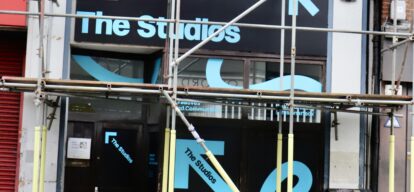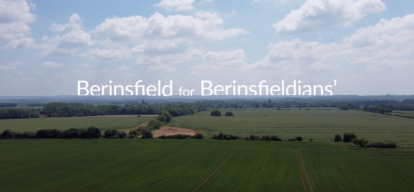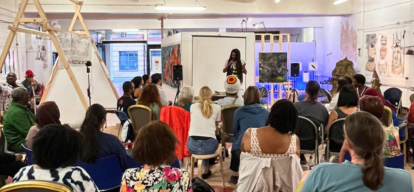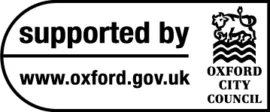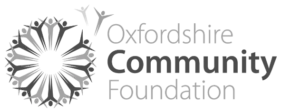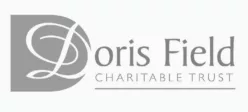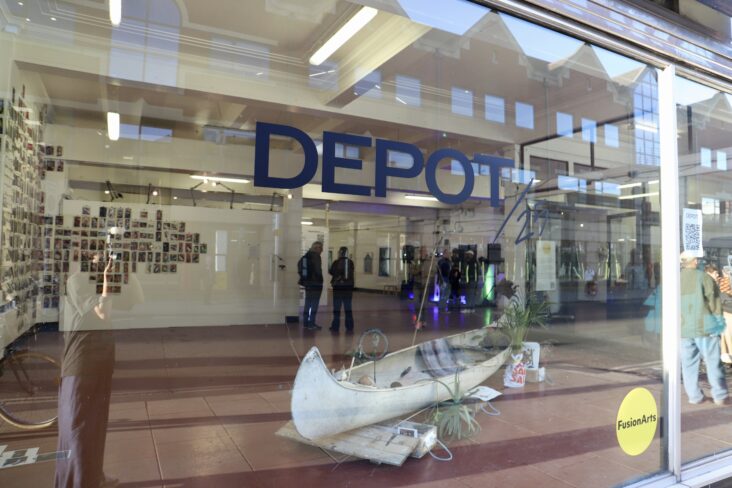
From Thursday 25th to Sunday 28th September, Fusion Arts at 15 Park End Street was home to the second edition of DEPOT, a contemporary art fair welcoming galleries and artists from Oxford and beyond, alongside a full programme of events, from poetry readings to workshops making instruments from found materials. Fusion’s ethos of making art accessible seeped throughout the weekend. DEPOT’s aim to bring the contemporary art scene out of the capital accompanied a continued commitment to Fusion’s community practices: animating otherwise empty buildings in the city centre, offering free entry, and hosting talks and workshops intended for diverse audiences.
A total of eight galleries exhibited a wide range of art, including paintings, sculpture, and photography. Brooke Benington Gallery presented Magic Women, featuring a selection of contemporary women artists, Tin Man Art showed work by Stanley Donwood, and Heather Agyepong’s photography series (shown by Doyle Wham) explored the tradition of the Cake Walk, a dance performance originating among enslaved people in the early 1900s.
Fusion Arts’s Focus this year was based on the concept of Xeno-space: an experimental project, challenging preconceived notions of art as well as the traditional boundaries of the exhibition space. Curated by Sunil Shah (in dialogue with last year’s Focus artists), it started the weekend displaying works by Marcel Top and Ismael Rodriguez, from which it developed into a dynamic and ever-changing space. Marcel’s Reversed Surveillance plastered the walls with images of recent protests in London, throwing into question – but not providing a stance on – the use of data and surveillance in policing. These cradled Ismael’s Refugio en Tránsito – a canoe filled with plants and found objects, including at its heart, a plant whose pot read “looking for a new home”. Motion and rootlessness were here embraced, just as the concept of Xeno-space claimed to do in the realm of art, and two important political debates of our time were established in the space with no guide for interpretation.
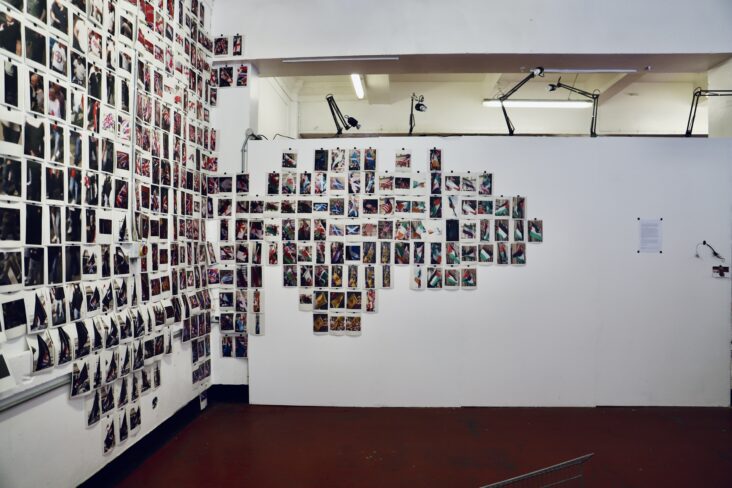
On Thursday evening, Park End Street came alive for the preview, as artists, gallerists, and a whole range of guests gathered and admired the art on show. The works, in their turn, became animated by the people and conversations around them, and everything appeared in a different light to how it did when we’d been setting up that day.
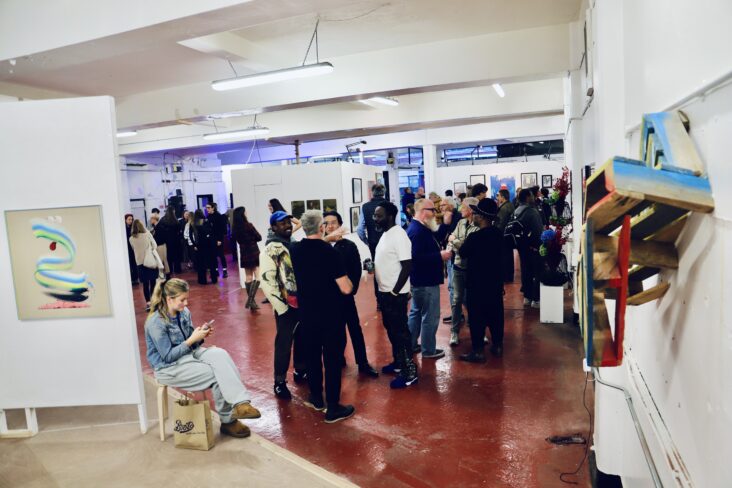
Friday morning saw the doors open to the public, and it was great to welcome visitors and talk to them about what we were doing. The Xeno-space really began to take shape as the workshops and events began. With Rob Shuttleworth, participants from Multaka Oxford created an instrument from found materials – an “unprecious instrument” – which was then transported to the space and played there by Rob that evening. The performance was followed by readings from writers featured in the Small Publishers book shop, an important strand of DEPOT dedicated to independent publishing. Marcel’s images fluttered to the music, and the words made you look at the art differently; the space of dialogue became a polyphony.
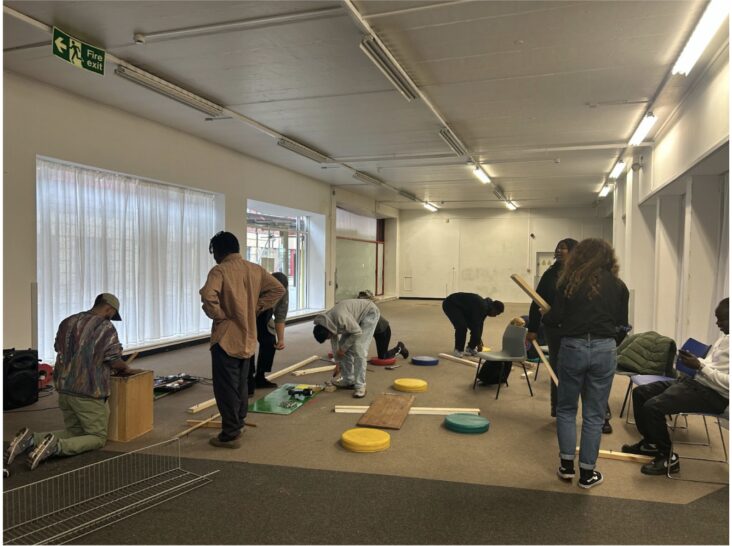
On Friday night, the Xeno-space truly reached its height. A few visitors remained, those who had been working had begun to mill about, drinks in hand, then sounds of drilling could be heard as Ismael and Rob began to turn the canoe into an instrument. Between them they played it, with Ismael using his hands, a bow, parts of the sculpture, a sweet potato to pluck at the string spanning the length of the boat. Everyone gathered around slowly until we were all there and the energy, the excitement was palpable. The potential of the exhibition really became clear in that moment, as the artists worked collaboratively, as one artwork took over another and the barriers between the pieces were dismantled. What was traditionally valuable – a centrepiece of the exhibition – became one of Rob’s “unprecious” instruments, and art became a moment of connection, between artists, between them and their audience.
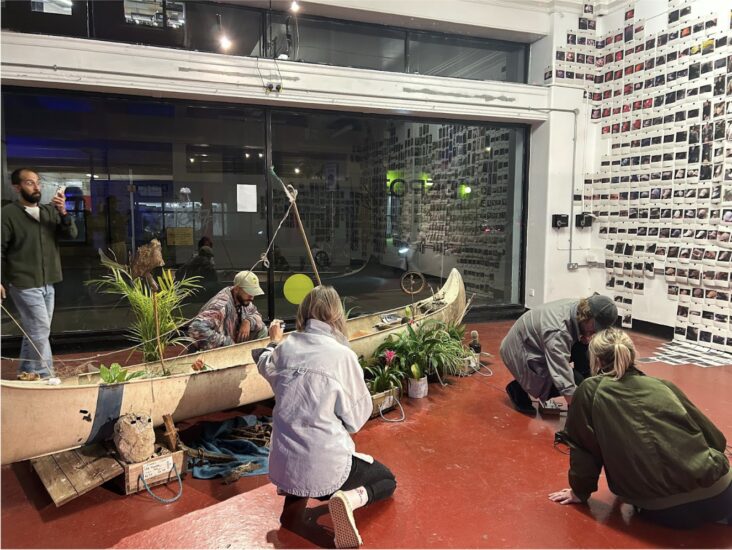
I arrived to work the next day and the same space, ever in motion, was filled with a whole other group of people, including families, for a zine and poster making workshop with Julia Utreras. Just like the day before, the creations that came out of this remained there. A lino-cut tarot card workshop ran by Alexi Marshall added further to the art being created and becoming part of the evolving exhibition.
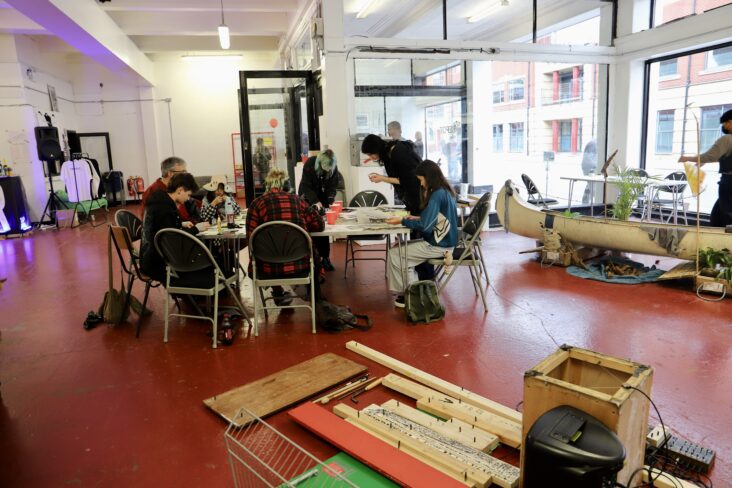
Throughout the weekend, the Xeno-space had been one long conversation – about its position between the exhibiting galleries and community participation, about politics, about the boundaries of art and exhibition – and this was brought together on Sunday for a closing conversation amongst all those involved in its conception and creation as well as members of the public. People shared what had taken place there, the thinking behind it, what it meant to them. Some heartfelt contributions drew attention to the fact of the Xeno-space as a place of belonging, where difference is embraced.
Fusion’s Focus, in the front corner of the room, where the boat can still be seen from the street, took on various forms over the course of DEPOT, the results of which could be seen, by Sunday afternoon, wherever you looked. This general creativity sat alongside the more political aspects of the exhibition in a space which – undeniably by the time of Sunday’s conversation – prompted discussion. Though DEPOT was so much more than this part, and included art by so many talented artists, the Xeno-space remained central to the weekend, not least for how it demonstrated that art fairs don’t have to be inaccessible or elitist. It formed a bridge between the commercial art world and Fusion’s community-focused work, connecting the two in dialogue without trying to show that this was a harmonious partnership. The importance of the Xeno-space was that it was a place for the two to rub together with all their friction, for conversation and debate to occur. Sometimes it’s not a question of “fusing” the two sides together, but of discovering the sparks of creativity that are produced when they are forced into contact.
